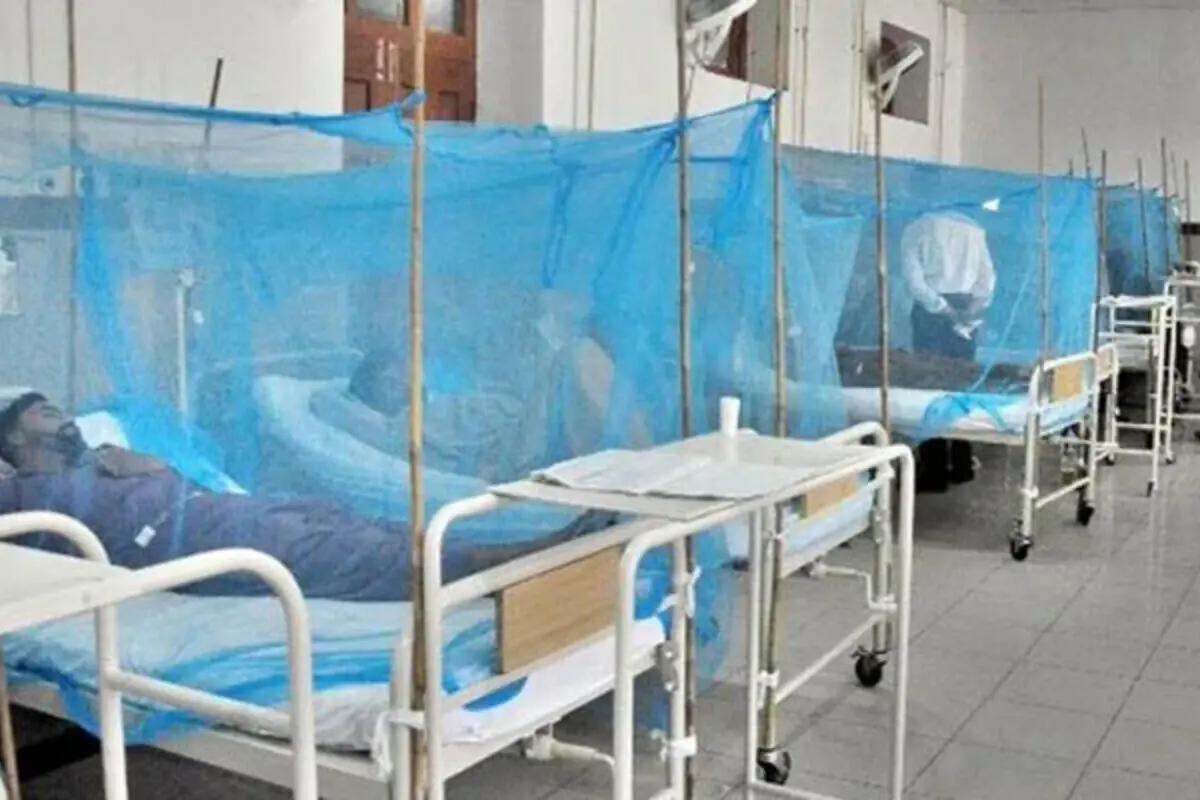Human Metapanovirus first emerged in 2000, and there has been no major change in severity


Beijing: Five years after the outbreak of COVID-19 in China, a new virus called Human Metapanovirus (HMPV) is spreading rapidly.
According to Chinese state media, the virus is spreading among children aged 14 and under, but its exact severity is unclear.
Human Metapanovirus first emerged in 2000, and there has been no major change in severity. In the United States, 20,000 children under the age of five are infected with this virus every year. It has been instructed to take corona-like measures to prevent the virus.
According to media reports, people infected with the new virus have complained of cold and corona-like symptoms, and there has been an increase in respiratory diseases including HMPV. It is currently one of the four major viral infections spreading in hospitals in China.
“HMPV has been recognized as a significant problem for at-risk populations worldwide since the turn of the century when it was first discovered,” Andrew Easton, a virology professor at the University of Warwick in the United Kingdom who studies pneumoviruses, told Live Science in an email. “There has been no significant change in the risk over the past 25 years or so”.
“It has always been a concern to see any changes in the incidence or pattern of infection,” Easton added. Investigating a possible increase in infections is crucial.
HMPV belongs to the same family of viruses as respiratory syncytial virus (RSV), a seasonal virus that also causes colds and lung infections.
HMPV was discovered in 2001 and, according to Eileen Schneider, an epidemiologist at the US Centers for Disease Control and Prevention (CDC), The virus sickens 20,000 children under 5 in the United States each year and causes hospitalizations. Human metapneumovirus is a respiratory virus that mainly affects children, the elderly, and people with weakened immune systems.
It often causes symptoms similar to the common cold or flu, such as fever, cough, and runny nose, but it can be a serious health risk. “HMPV is a serious concern, especially for young children,” Easton said. It also causes seasonal influenza, or ‘flu,’ along with RSV.
However, he added that the risk of HMPV has not changed significantly since its discovery in 2000. There is still no vaccine available for the virus, and the US Centers for Disease Control and Prevention says there is no specific treatment for the virus. However, HMPV does have treatments that can reduce symptoms and stabilize the patient.
In China, the public has been advised to wash their hands thoroughly with soap and water, keep frequently touched surfaces clean, and avoid close contact with infected people. Avoid touching your eyes, nose, and face without washing your hands. Wearing a mask, especially in crowded places, can help to some extent.
Stay home if you are sick. Stay up-to-date on available vaccines to prevent new diseases, eat a healthy diet, and include foods rich in vitamins and antioxidants to strengthen your immune system. Avoid smoking as it damages the respiratory system, which increases your risk of infection. Proper hydration is important for overall health and recovery. Understanding these viruses and taking precautions can significantly reduce your risk.
Meanwhile, the Chinese Center for Disease Control and Prevention has reported that the rates of several flu-like illnesses are increasing in China, according to data as of the last week of 2024.
The data shows that influenza is playing the biggest role in the spread of the disease, with 30.2 percent of tests coming back positive for it. This is an increase of 6.2 percent compared to the previous week and 17.7 percent of people hospitalized with severe respiratory illness tested positive for it. However, the same data set indicates that the rate of HMPV is ahead of other flu-like illnesses such as COVID-19, rhinovirus, and adenovirus, which are associated with 6.2 percent of positive tests for respiratory illness and 5.4 percent of respiratory illness hospitalizations in China.
Diaz picked Dodgers because 'I'm looking to win'
- 20 hours ago
Pakistan aims to become model in digital assets regulation: Bilal saqib
- 13 hours ago

Pakistan condemns attack on UNISFA in Kadugli, Sudan
- 14 hours ago
Source: Gray, Nats reach deal to avoid arbitration
- 20 hours ago

How do you know if you’re wasting your life?
- 6 hours ago
Jays president Shapiro given new 5-year deal
- 20 hours ago
NHL board of governors eager to see more 'color vs. color' jersey matchups
- 20 hours ago
Bondi Beach shooting: Australia hails ‘hero’ Ahmed who stopped gunman
- 14 hours ago
Australian PM declares Sydney shooting a ‘terrorist’ attack targeting Jews
- 13 hours ago
Sources: Rangers address needs with 3 signings
- 20 hours ago
Under-19 Asia Cup: India beat Pakistan by 90 runs
- 14 hours ago
Security forces kill 13 Khwarij in two separate engagements in KP: ISPR
- 14 hours ago











